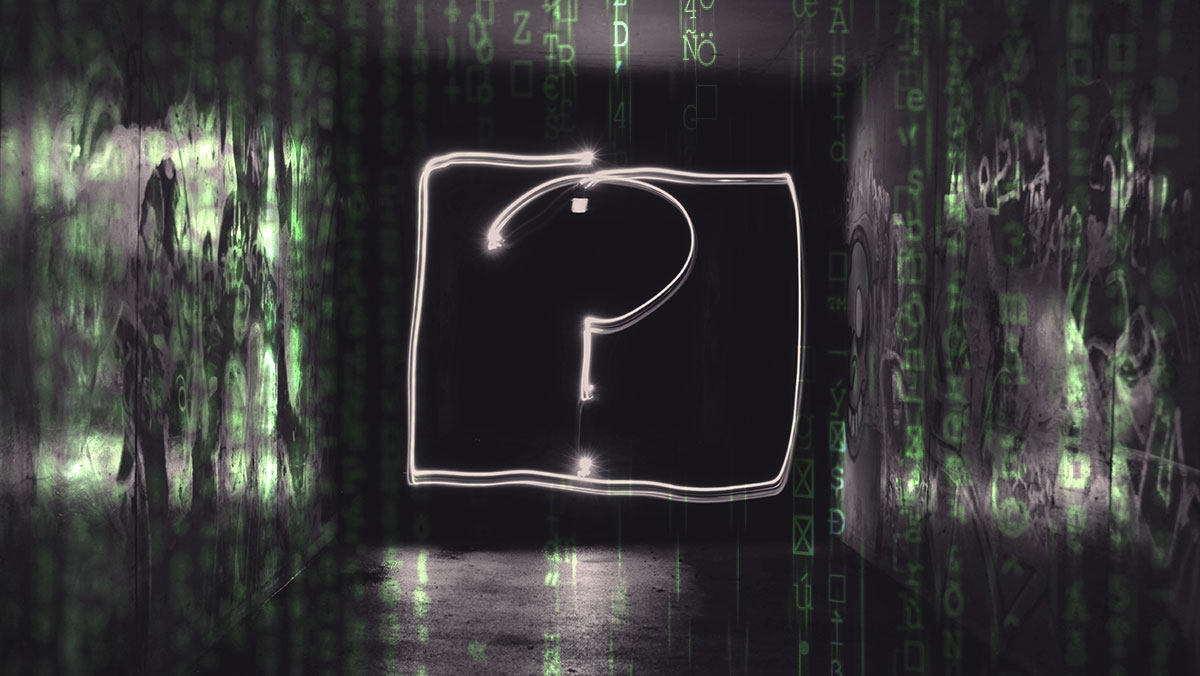
As another decade of evolution and change is in front of us, we search for insights on what will shape brands and their behavior in the upcoming years. From data-driven everything to transparency, and even politically involved brands, the future might have a whole lot of ‘different’ in store for us and our brands.
To find out more about what lies ahead, Brandingmag sat down with Emma Chiu, Global Director of Wunderman Thompson Intelligence, following their recent report on the 100 trends that will shape the new decade.
Brandingmag: Why is data important and why should brands care about research, insights, and trends?
Emma Chiu: Data is an important measurement tool that helps indicate the direction of certain trends; it also turns ground research and insight into facts. However, there are times when data simply does not exist yet for certain observations. In such instances, we take a journalistic approach. Our trend analyst will be looking at new and emerging behaviors, speaking to experts in the field, and identifying patterns that suggest the way trends are heading.
Why brands should care? In order to understand demand and remain relevant, it’s vital to understand what consumers want now and will be wanting in the next year, five years, or ten years. It’s about future-proofing the brand by casting a wide net to understand people, culture, markets, and trends, then distilling observations that are relevant to your brand and planning a strategy.
Bm: Think about the importance of data for brands. Has it changed in any way in the last decade — in terms of perception, adoption, or role in brand and marketing strategies?
EC: Recording, collating, and accessing data today is more accessible now than ever before. As laws are tightening around this space, it is important for brands to understand that it is not about having an abundance of data, it’s about having the right data for you. Let’s assume all brands are obtaining data with permission and using it transparently — this information can help companies accurately learn about an individual and provide a hyper-personalized brand experience.
Bm: Given that unforeseen cultural shifts are an immense factor in consumer behavior, is it really possible to identify future behaviors or is data only responsible for predictions that might or might not come true?
EC: Cultural shifts are indeed a huge factor in changing or maintaining consumer behavior. The current outbreak is a perfect example where people are forced to behave differently because of enforced regulations and economic circumstances. There are temporary behavioral changes that spike, but what is more interesting is identifying the long-term impact. For example, social distancing is a temporary measure that could have long-term implications which include the rise in people adopting contactless purchases (particularly in food), an uptick in virtual gatherings (virtual events, parties, dinners, museum tours, etc) and, perhaps, bring about a new advertising language, one where brands readdress “touch” at a time when shaking someone’s hand is considered a huge “no-no” — what will the new social etiquette look like?
 However, what I have noticed is a lot of effort and behaviors that were only recently combating climate change are now being channeled into a new global mission, and that is to drastically reduce the effects of the outbreak. After the panic, the underlying behaviors are the same, it just depends on what it’s being channeled into. Headlines like to tease out shocking stats that right now are seeing huge spikes and declines in many areas, such as cleaning products being on the up and flights declining. However, what will happen after the fact? Will people continue to hoard hand sanitizers and toilet paper? Probably not. Meaning there will be a decline and that curve will flatten too.
However, what I have noticed is a lot of effort and behaviors that were only recently combating climate change are now being channeled into a new global mission, and that is to drastically reduce the effects of the outbreak. After the panic, the underlying behaviors are the same, it just depends on what it’s being channeled into. Headlines like to tease out shocking stats that right now are seeing huge spikes and declines in many areas, such as cleaning products being on the up and flights declining. However, what will happen after the fact? Will people continue to hoard hand sanitizers and toilet paper? Probably not. Meaning there will be a decline and that curve will flatten too.
Human behaviors are adaptable but ultimately do not change as quickly as we assume. What perhaps is harder to predict are the new technologies and products that will exist in 10 years.
Bm: In regard to Wunderman’s newest report, you mentioned that 2020 will usher in an era that’s realistic and imaginative at the same time. Given that it’s a paradox, what does the statement really mean when it comes to where the future is actually going?
EC: I mention “measured optimism,” which is about moving towards a positive future in a realistic and grounded fashion. The last decade was filled with political, economic, and environmental instability, which spurred a disgruntled younger generation asking for radical change to preserve the planet and pave a better future for them to live in. Brands are working towards this by planning for the next 10 to 20 years, and openly sharing this vision with everyone. Essentially, the future vision is a positive one, but there need to be clear steps to get there.
Bm: The same report crowns purpose and transparency as the new leaders of customer loyalty. How are brands supposed to handle and leverage these new drivers properly?
EC: For a brand to be transparent is to open the door to how the company truly operates from the bottom up. For a brand to have a purpose is to share the company’s mission and beliefs. These aren’t necessarily new drivers, but perhaps forcing brands to be explicit and make firm decisions. By having strong brand foundations, it is easy to know what political and social causes to side with. If anything, by promoting transparency and purpose to humanize the brand, which resonates with consumers today.
Bm: Nothing can be neutral forever and, given current political and environmental circumstances, how do you feel about brands being involved in political matters? Should they and are they willing to look beyond their commercially-induced ignorance?
EC: The premise of what a “brand” is has changed over the last decade. Brands today are offering more than products and services, they have become advocates and civic leaders. Those that remain neutral will have a hard time being memorable or having longevity. That’s not to say every brand needs to be politically active, but they need to show they have an opinion and voice. For example, to not address climate change or the current crisis reflects a disconnection with society. A lot of people want brands they choose to reflect the same values as them, and our research has shown people will quickly drop a brand if they have different values and equally adopt a brand with shared values.
Bm: What about climate-positive brands? For so long, environmental friendliness has only been a facade for CSR purposes. How can brands truly adopt a climate-positive attitude and also make it clear to the audience that they are not following the steps of their not-so-truthful peers?
EC: Climate change is a global issue that cannot be ignored. Last autumn, over 1,000 Amazon employees participated in a walkout demanding the company they work for to reduce its carbon footprint. This resulted in Amazon CEO Jess Bezos pledging to have the company follow the Paris climate agreement and be carbon neutral by 2040. This goes to show that it’s not only consumers who want companies to be eco-friendly but also employees. The next generation will be far more scrutinizing of company ethics and perhaps will have this as a box that needs to be fulfilled as part of their job search.
For big companies, such as Amazon, to change production and ways of working is not simple, and people are aware that making a pledge to be carbon neutral or positive will take time. Again, this goes back to putting in a long-term strategy to reach these goals. Brands who do not take action will get called out for it.
Bm: Steering away from the report, what are some of your own predictions for the near future (maybe even beyond 2020)? What do you feel or hope will happen, and why are these factors important for brands?
EC: So many! I think the current outbreak has prompted and even elevated some trends my team has been observing. The sense of community and “doing good” during these uncertain times really demonstrates what people are seeking in brands, so it goes back to brand purpose. Many companies are helping people be virtually connected during isolation periods to combat loneliness. At the same time, many brands are taking action by helping healthcare workers on the frontline. Acts can be as simple as offering complimentary meals to healthcare staff but some companies have gone as far as switching production lines to make cleaning products, masks, and ventilators that are currently in-demand.
In addition, the unexpected escalation of the situation has put a positive spotlight on healthcare authorities and workers in terms of trust and relevance. The younger generation has expressed interest in a career with purpose and I wonder if this we will see more students involved in epidemiology, health organizations, and science. As for brand relevance, expect to see more collaborations and initiatives with health organizations and potentially more investment from brands to compete in this space.
Cover image sources: Emily Morter & Markus Spiske